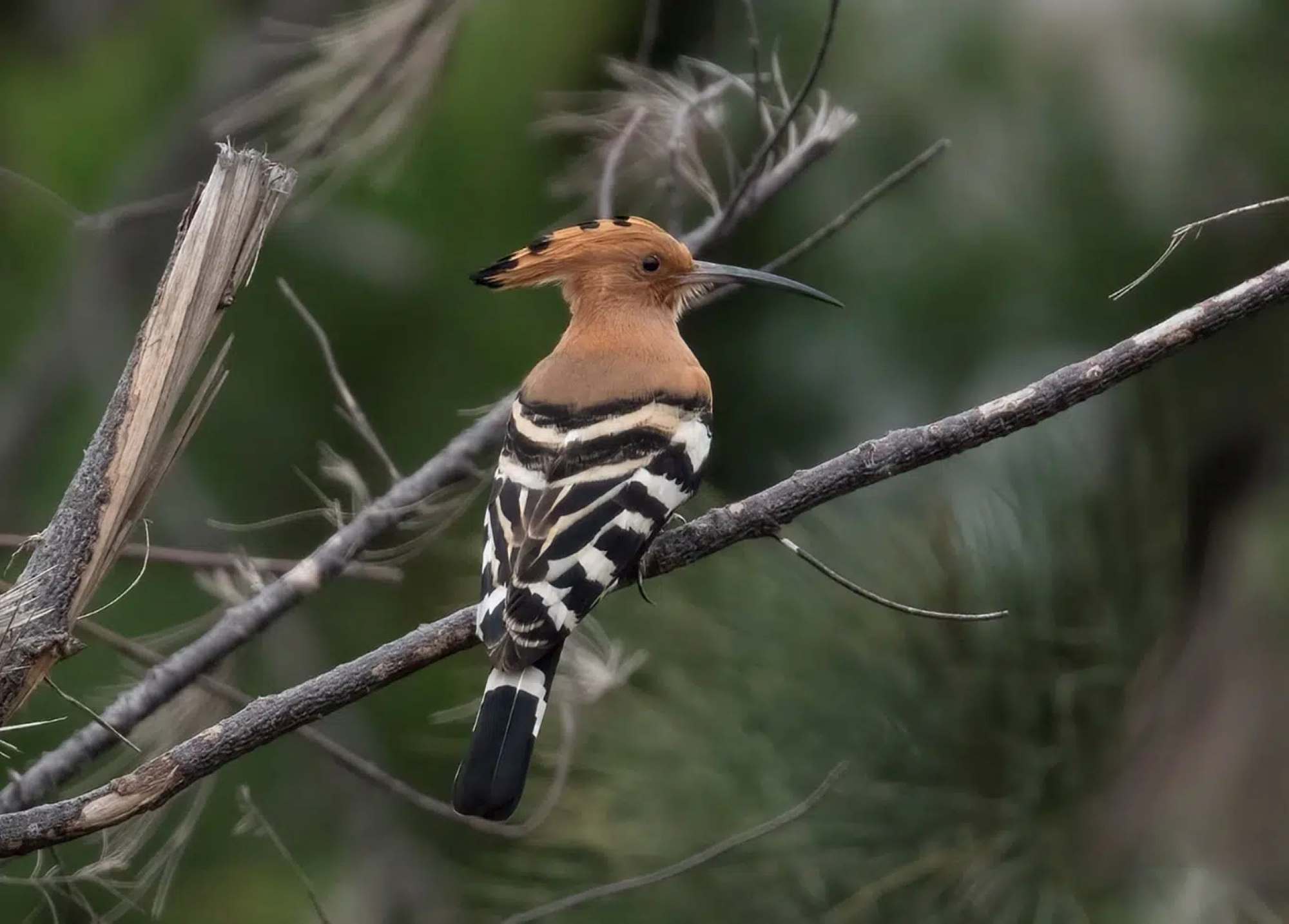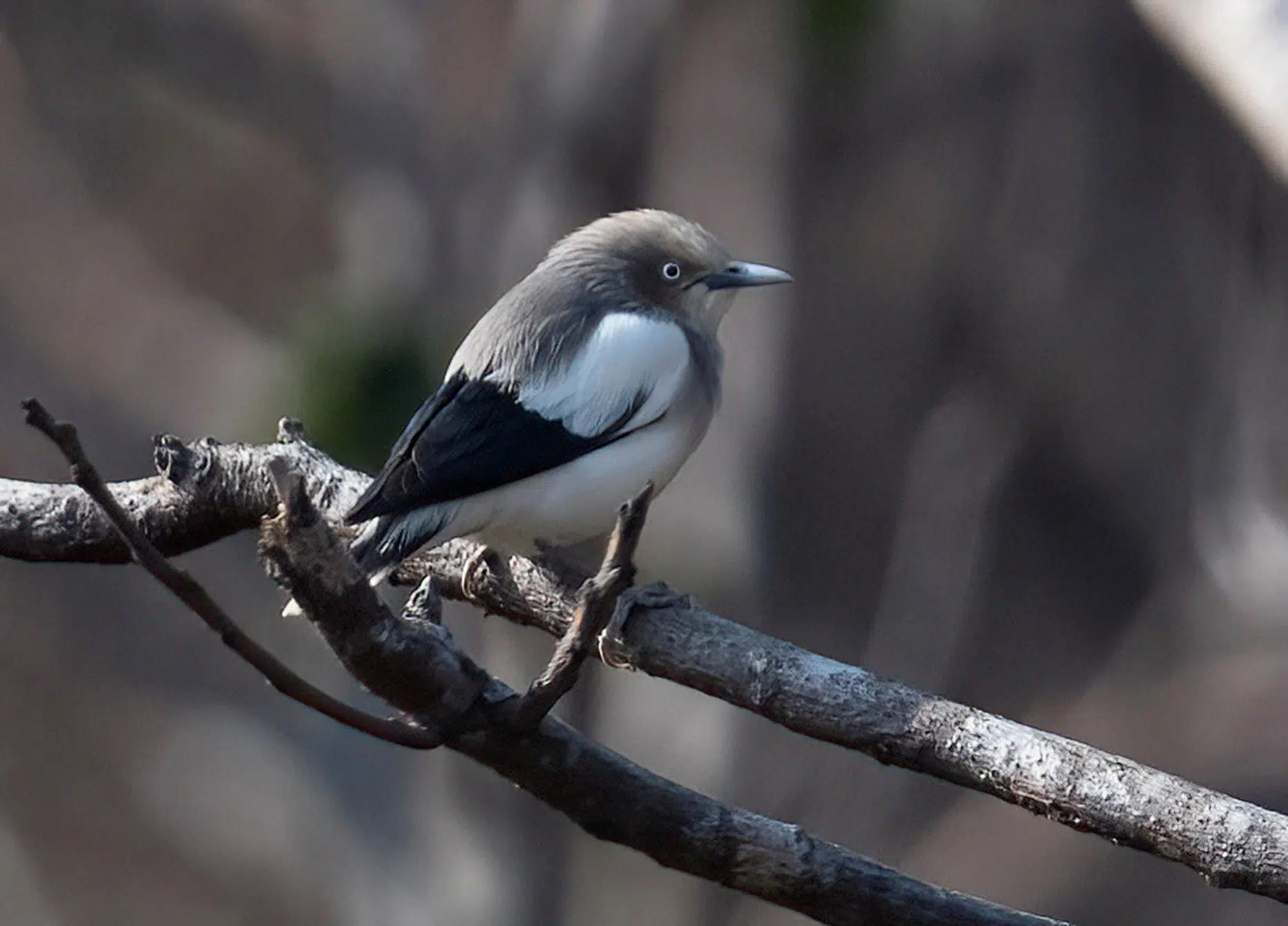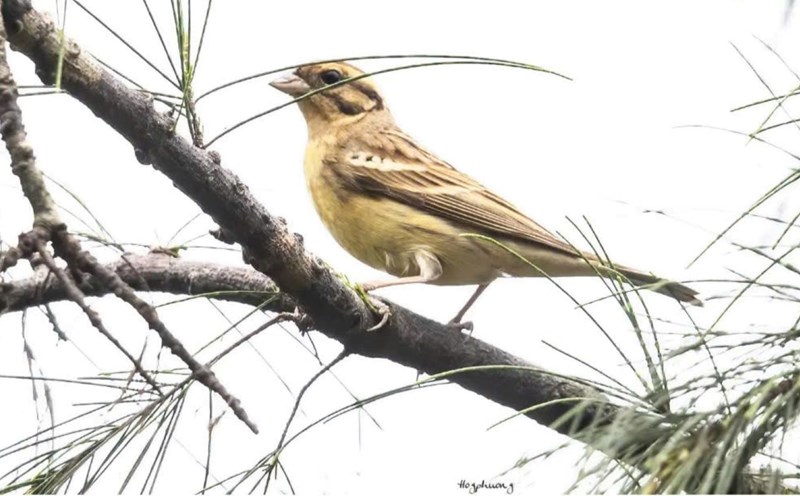According to information from the Bai Tu Long National Park Management Board, from November 2024 to June 2025, 4 surveys under the theme "Research on species components and propose solutions for the conservation of the bird system of Bai Tu Long National Park, Quang Ninh province" led by MSc. Pham Hong Phuong, Institute of Tropical Ecosystems, Vietnam - Russia Tropical Center have been conducted on major islands, such as: Ba Ban Ban, Tra Ngo, Sau, Minh Chau and buffer zone areas, such as: Quan Lan, Ban Sen.
Preliminary research results show that Bai Tu Long National Park has 93 wild bird species, belonging to 37 families and 8 groups, of which 90 species were photographed as evidence.
This richness far exceeds the old data, adding 27 new species to the National Park's list.
Passeriformes dominates with 71 species, equivalent to 75.3% of the total number of species, reflecting the characteristics of tropical and coastal island habitats. Of which, theMuscicapidae family has the largest number of species, up to 17 species, including many migratory species from the Northern Lunar Census. Other families with significant numbers are Columbidae with 7 species, Pycnonotidae with 6 species, Accipitridae and Hoet (Turdidae) with 5 species.

In particular, the appearance of the Oriental Pied Hornbill white-bellied sand dun is an important indicator that the forest ecosystem here still retains a relatively intact structure. In addition, the study also recorded a number of rare and valuable species for conservation, such as: Southern female turtle Spilornis cheela, Turdus dissimilis Black-ucard Cranberry, and especially Emberiza aureola Golden-ucard Cranberry - a species currently classified as globally threatened by IUCN.
These findings prove that Bai Tu Long is not only a place for many species to live but also an important stop on the migration route of international birds. The presence of birds hunting for prey at high nutrients further affirms the balance of the ecosystem. The addition of species compared to previous studies also reflects the huge potential for biodiversity in the area, which needs to be further surveyed and studied in the future.

To expand to collect additional research results, the team plans to continue surveying at Bai Tu Long National Park during the migratory bird season from August to November, promising to bring many important records of rare bird species in the area.












